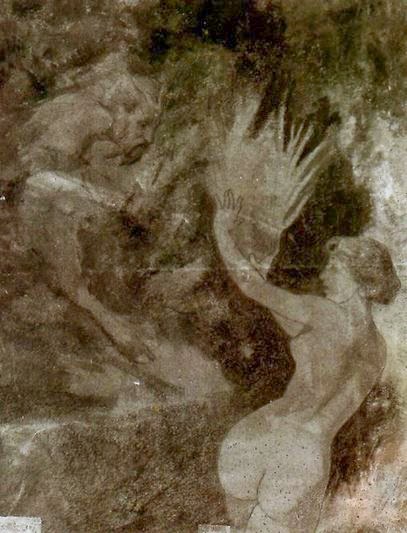Political scientists Shadi Hamid and Meredith Wheeler analyzed Morsi's tenure in office using the Polity IV Index, a tool for rating the level of autocracy or democracy in any given government. They then compared Morsi's rating to those of other countries undergoing a transition to democratic rule.
Morsi was no Mandela, but he was no autocrat, either. The Polity index is scored from -10 to 10, with negative values representing more autocratic regimes and positive values representing more democratic regimes. The most charitable reading of Morsi’s tenure—the upper bound of our score—was a 4. However, we think the most accurate score—drawing not just on the letter of Polity’s coding guidance, but also the spirit—is a 2. In real terms, this means that Morsi’s year in office was anocratic—that is, it was democratic in some ways and autocratic in others. Morsi was democratically elected and subject to meaningful institutional and popular constraints. When he edged toward autocracy in November 2012 and made his decrees exempt from review, widespread protests forced him to backtrack. The Morsi government and the Muslim Brotherhood showed favoritism toward Islamist-aligned groups, harassed or threatened prominent opposition voices, and detained secular activists such as Ahmed Maher. However, unlike the current military-backed government, it did not systematically repress and imprison opponents. Moreover, Morsi’s winner-takes-all majoritarianism was counterbalanced by what Nathan Brown calls the “wide state,” including the military and security establishments, a powerful judiciary, and business elites.A rating of 2 turns out to be about average for countries undergoing such wrenching changes, even above average by some criteria.
This is what I thought at the time. As a secular person and a strong supporter of women's rights, obviously I found a lot to dislike about Morsi. But he won the election! He feuded with the courts and at one point announced that he would ignore them, but the courts really were a holdover from the dictatorship and they were determined to block him in whatever way they could. At least he never threatened to have the judges shot. He never did anything nearly as appalling as the latest affront from the new military regime, which proposes to execute more than 500 members of Morsi's movement for the death of one police officer.
It may be decades before Egypt recovers from the trauma of Morsi's election and overthrow. That Morsi's term in office turned out so tragically was, I think, substantially his own fault. If he had given his political opponents any reason to trust in his fairness, if he had allowed secular lawyers to make any modifications to his proposed constitution, if he had made any effort to reassure US and European leaders that he would respect human rights and not support Islamic terrorism, he might still be President and Egypt might be continuing down the always-rocky road toward democracy. But he would not. He would not partly because of what came before, that is, 40 years of oppression toward his movement and their allies. Such a long legacy of hate and mistrust is hard to overcome.
In these special, revolutionary circumstances, it clearly matters a lot whether the right leader can be found.

























































